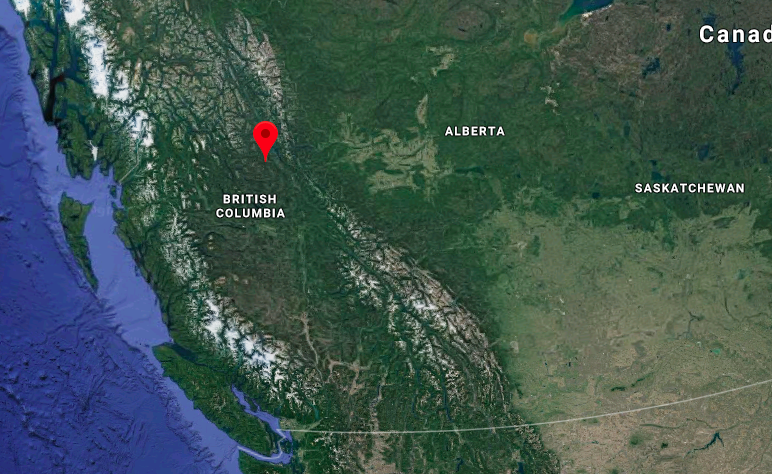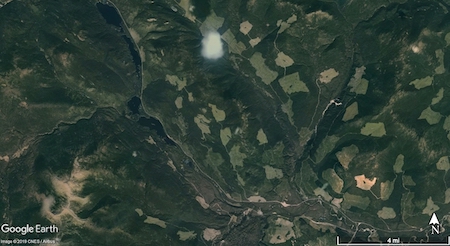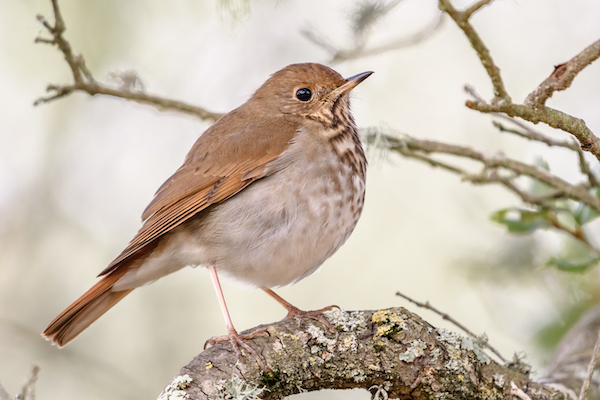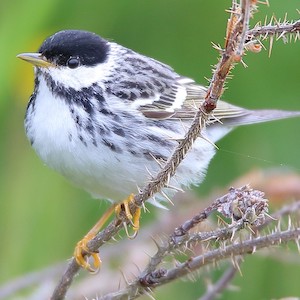"White stone lake, crystal clear,
I walk on the voices of nightingales."
-Bruce Cockburn, from his song "Nanzen Ji" on the 1978 album "Further Adventures Of"
"If, while you are walking through deep and slightly swampy woods, a bird somewhat smaller than a Robin, with an olive-brownish back and a dully speckled breast starts suddenly from the ground, flies quickly to a low branch, looks about, nervously tilting its short, reddish-brown tail and uttering a soft whew or chuck meanwhile, and then vanishes like a wraith, mark him well, for you have seen a Hermit Thrush, singer of the purest natural melody to be heard in this or, perhaps, any land." So wrote George Gladden in "Birds of America," the bird book of my childhood. When my turn came one April morning in migration in northeastern Ohio, and the bird did exactly as foretold, I knew that Mr. Gladden would not be exaggerating about the bird's song. Having already grown to know and love the simple exquisite phrases of the Wood Thrush that nested near our home and, later, the delicate descending musical spiral of the Veery, I longed to hear the voice of the "best of them all", as most writers ranked the Hermit Thrush. I was not afforded that opportunity, however, until I moved west and came to know intimately this minstrel of the western mountains.
. . . .
As distinctive as the thrushes are in song, so are they distinctive in habitat preferences, at least on a regional and populational level. It is curious, however, how some of their habitat preferences vary from one part of their range to another. Thus, Hermit Thrushes in the northeastern part of the continent tend to prefer rather mesic (moist) mixed coniferous-deciduous forests, while in their mountain fastnesses of the west they often tend to prefer rather xeric (dry) conifer associations. In the northeast, Swainson's Thrushes (the Olive-backed Thrushes of somewhat earlier times) are generally devotees of the spruce and fir forests and usually reach their greatest abundance at slightly higher altitudes and latitudes than the Hermits. In sharp contrast, Swainson's Thrushes in the Pacific states (the Russet-backed Thrushes of older days) are wedded to the alders, willows and bottomland woods of water courses, and invariably occur most commonly at lower elevations than the Hermits.
. . . .

The red pin indicates the Manson Lakes region of British Columbia. Image from Google Maps.
Oh how different these northern spruce forests are from the pine and fir forests we both knew so well in the California Sierra, especially with regard to hiking: groves of second-growth and saplings so closely spaced that a hiker and a day pack could not squeeze through – dense, sometimes nearly impenetrable, understory, criss-crossed every which way by the slippery moss-covered remains of broken and fallen spruce trees – rivulets and swales of swampy, unstable footing everywhere. At 8:30 PM we finally came out into the open at the white stone lake of our destination. The exquisite beauty of the scene was marred only by the growing storm clouds on the rugged evening horizon, by the knowledge of our lack of a flashlight, and by our uneasy glances back across the dark green, menacing swath of spruce forest between us and the tiny orange spot on the distant western ridge – our tent.
Closer inspection of the mountainside that we had come down, however, revealed what promised to be an easier way back. A long series of corrugated ridges, dominated by the duller, lighter green of lodgepole pines, snaked off to the north, curved round to the west and joined the higher western ridge only a quarter mile to the north from where our tent was perched. If we could stay on these pine-covered ridges, which we knew to be much more open and easily traversed than the spruce forests of the intervening slopes, we might be able to reach camp before dark. After a brief rest, we started back to camp. Our hopes were soon dampened by the complicated, serpentine nature of the ridge terrain. Once in the forest, it was extremely difficult to follow the smaller-scale of the lodgepole ridges, and we kept finding ourselves heading off into the denser spruce habitat.
Then we became aware of the evening thrush chorus that was quickly reaching full volume around us. And we realized that two species were singing in almost equal numbers – Swainson's in the spruce forests, and Hermits on the lodgepole ridges! And we realized that our directional problems were solved – we merely had to keep the songs of Hermit Thrushes in front of us and the songs of Swainson's off to our sides.

A Swainson's Thrush. Photo by Cephas/Wikimedia Commons.
Never before had I walked in such a manner. My eyes served only to assure that I did not trip; all distance and peripheral vision became a meditative blur. My direction and forward progress was guided entirely by my ears. Time seemed to slow down to eternity while all consciousness was focused on those ethereal notes and overtones that drifted through the forests and rang across the ridges.
At one point, I smiled proudly to myself with the knowledge that I had cleverly discovered a new, effective and beautiful means of navigating through the summer forests of Canada. But almost immediately afterward, I was overcome by humility and sadness when the realization came clear that this understanding could not have been new, that Native American peoples, indeed that aboriginal people the world over, had long ago mastered such practical, ecological knowledge, and that the cleverness of modern humans has primarily served to lose, or even destroy, this knowledge. But maybe this knowledge is not destroyed; maybe it is still in each one of us. Maybe all we really need to do is to remember....
A little before 10 PM we arrived joyously at our tent– walking on the voices of nightingales.
-David F. DeSante, 1990

An aerial photo of the Manson Lakes area in 2019. Light green patches are timber cuts. Image from Google Earth.
Dave DeSante and IBP began the MAPS program, which monitors the productivity and survivorship of birds, a year before this essay was written.
To find out what we've learned from decades of monitoring Hermit and Swainson's Thrush populations, visit the Vital Rates of North American Landbirds page on our website.






